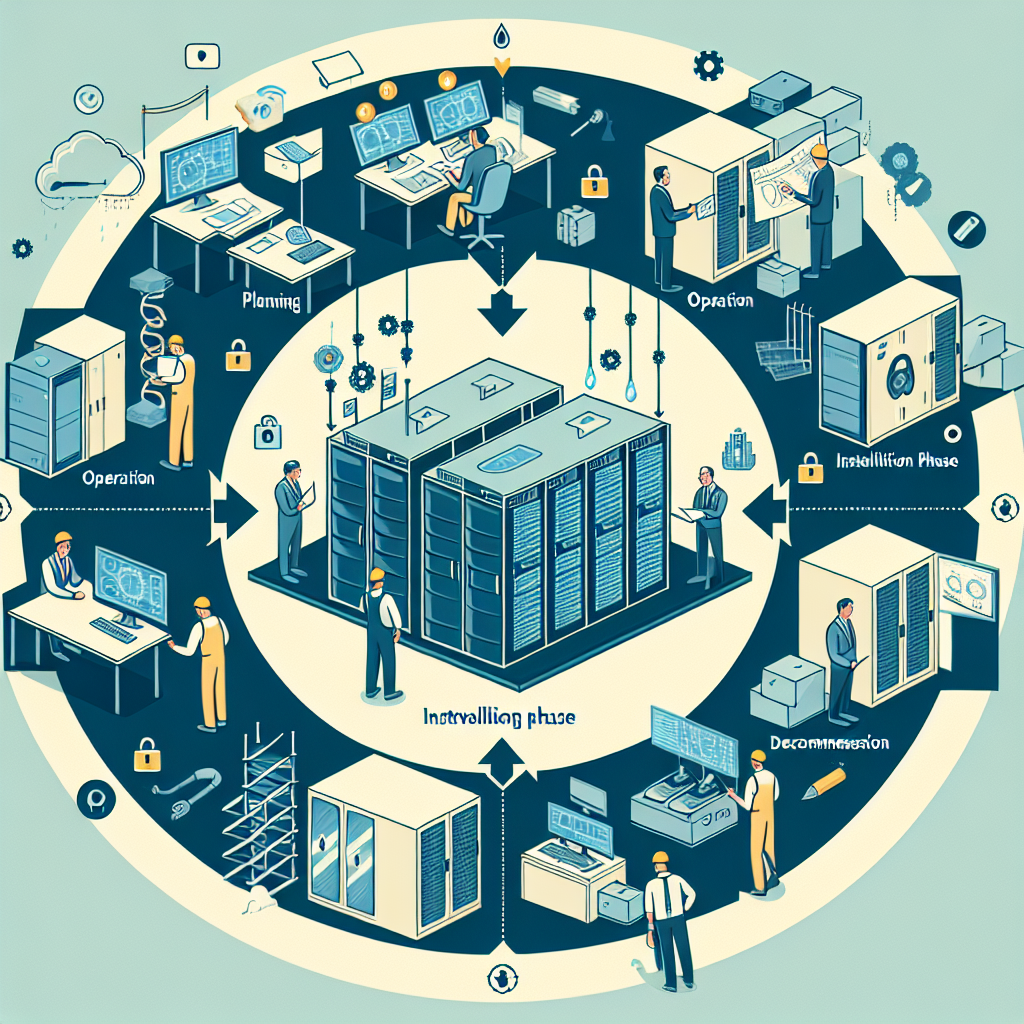Your cart is currently empty!
Data Center Lifecycle Management: Ensuring Security and Compliance Throughout the Lifecycle

In today’s digital age, data centers play a crucial role in storing and managing vast amounts of information for organizations. However, with the increasing volume of data being generated, it has become essential for businesses to ensure the security and compliance of their data throughout its lifecycle.
Data center lifecycle management refers to the process of managing data from its creation to its disposal in a secure and compliant manner. This involves implementing policies and procedures to ensure that data is protected from unauthorized access, breaches, and compliance violations.
One of the key aspects of data center lifecycle management is security. Data centers store sensitive information such as financial records, customer data, and intellectual property, making them a prime target for cyberattacks. To protect this data, organizations must implement robust security measures such as encryption, access controls, and regular security audits.
Compliance is another critical element of data center lifecycle management. Many industries have strict regulations governing the handling and storage of data, such as the Health Insurance Portability and Accountability Act (HIPAA) and the General Data Protection Regulation (GDPR). Failure to comply with these regulations can result in hefty fines and damage to a company’s reputation. Therefore, organizations must ensure that their data center operations are in line with these regulations at all times.
To effectively manage the lifecycle of data in a data center, organizations should follow a structured approach that includes the following steps:
1. Data classification: Organizations should categorize their data based on its sensitivity and importance. This will help them determine the appropriate security measures to implement for each type of data.
2. Data storage: Data should be stored securely in a data center that meets industry standards for physical security, such as access controls and surveillance cameras.
3. Data access controls: Organizations should implement access controls to ensure that only authorized personnel can access sensitive data. This can include using passwords, biometric authentication, and role-based access controls.
4. Data backups: Regular data backups are essential to ensure that data can be recovered in the event of a cyberattack or system failure.
5. Data disposal: When data reaches the end of its lifecycle, it should be securely disposed of using methods such as data wiping or physical destruction to prevent unauthorized access.
By following these steps and implementing robust security and compliance measures, organizations can ensure that their data is protected throughout its lifecycle in a data center. This will not only help them avoid costly data breaches and regulatory fines but also build trust with customers and stakeholders who rely on the security of their data.

Leave a Reply